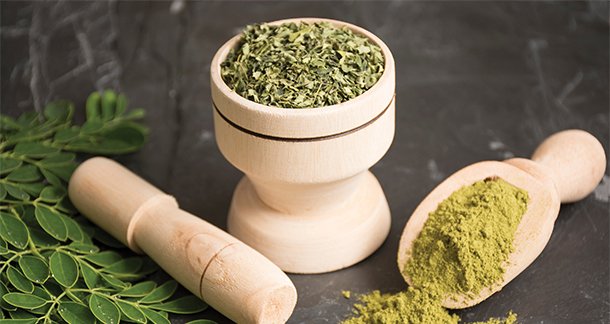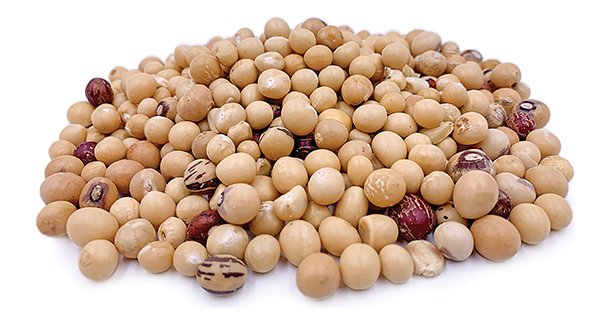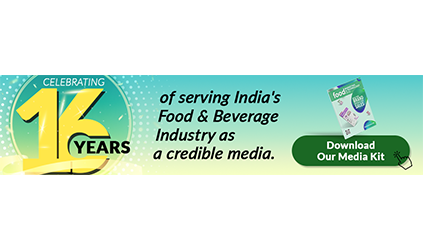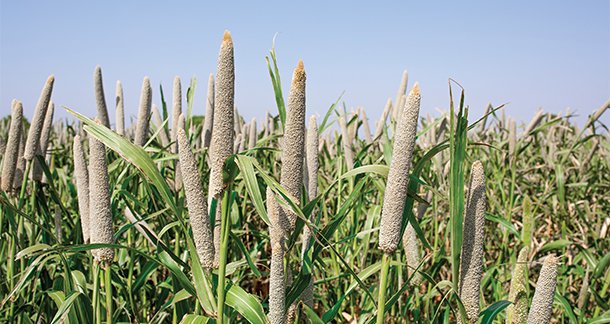In a world of supply chain disruptions, extreme weather and changing consumer values, one trend is clear — climate-adaptive crops are moving from the fringes to the center of food innovation. These cultivars represent more than resilience — they’re opportunities for marketers and brand managers like you to become the next big story.
Climate-Driven Innovation Is Reshaping the Food Chain
Weather-adaptive crops are varieties bred or selected for their ability to thrive under tough conditions like heat, drought, salinity and unpredictable rainfall. These are not new — many Indigenous communities have grown them for centuries. However, they’re gaining modern relevance as the climate risk intensifies. Consider them if your brand is looking for stable, future-forward supply chains.
CPG professionals are already navigating the volatility in staples like cocoa, coffee and wheat. Traditional monocultures constantly suffer from climate change and production disruptions, and since diversifying is a solution, it’s smart to promote alternative agriculture. These crops don’t just survive — they also open doors to innovation in form, function and messaging.

What Are Climate-Adaptive Crops?
You may have noticed that a handful of robust cultivars are quietly turning into global darlings thanks to their nutritional value, adaptability and brand potential. Monitor these new “rare superfoods” reshaping human and animal consumption markets:
- Fonio: This West African cereal grows fast in poor soil. It’s ready for harvest in only eight weeks and thrives in areas with unpredictable rainfall. The heritage grain is naturally gluten-free and high in amino acids. New efforts into advanced threshing methods are increasing yields and quality for emerging retail markets.
- Breadfruit: Oceanic farmers grow breadfruit in agroforest — part of a complex and resilient food system that requires few resources. The larger plants protect the smaller ones from excess heat and maintain a humid environment. It’s an ideal feed originally from Southeast Asia.
- Bambara Groundnut: The legume is another West African crop with unlimited potential. It contains a full nutrient spectrum, making it a whole food for people and animals. These groundnuts are also ideal meat alternatives due to their high protein content.
- Moringa: Moringa’s unique value is a huge step toward climate resilient crop management and meeting nutritional needs. The drought-resistant tree is a sustainable producer and has multipurpose functionality.
- Millet: One of the most adaptable cereal grains is millet, which grows in harsh environments without any cultivation requirements. It doesn’t need irrigation or fertilizer. It’s an economical and eco-friendly source of nutrition and a firm favorite in animal agriculture.

Create a Superfood Hype With Substance
Quinoa, acai, and matcha are popular due to marketing hype and the growing health-conscious market. Climate-adaptive crops are following a similar arc, but with deeper roots in sustainability:
- Ethical sourcing: Small farmers in some of the harshest climates grow these crops, and this offers a tangible story around regenerative agriculture and equitable sourcing, which marketers can utilize to create branding. Consumers may also be more willing to buy into high-protein heritage cultivars than well-marketed insect “meat.”
- Versatility: Processing these crops includes milling them into flour, extruding them to create concentrates or selling them as whole grains. Such products lend themselves to multiple product markets, from granola to energy drinks.
- Sustainability-minded resonance: Today’s buyers want to feel good about what they eat, so create powerful branding pillars with storytelling around biodiversity, sustainability and climate-adaptable crops.

The Egg Advantage — An Example of Eco-Conscious Adaptation
Eggs are a staple protein source, valued for their affordability, versatility and low production costs. Marketers use packaging terminology like “farm-fresh”, “certified organic” and “no hormones” to win consumers, but what if climate-robust became part of the label, too?
A significant challenge facing egg producers is the drastic rise in animal feed prices. Traditional cultivars like corn and wheat are experiencing lower yields. Maize alone may see a shortfall of 27% by 2030. That gap creates a clear opportunity for climate-adaptive crops to step up, and chicken feed is the ideal place to start.
Chickens need around a fifth of their diet to be protein for solid egg production, which alternative high-protein feed sources like heritage grains, legumes and groundnuts can provide. Imagine new,quality- indicating packaging materials like “moringa-enriched eggs” or “whole-food-fed egg” replacing “corn-based commercial feed” on shelves worldwide.
Superfoods like millet, seaweed, ground nuts and azolla thrive in extreme conditions, making them a future-proof option for animal feeds. Azolla, for example, needs harvesting every one or two weeks, making it a fast-growing alternative feed source. Farmers once dismissed these crops as unviable, but now they are quickly becoming the next wave of “rare superfood,” and they may hold the key to climate-smart egg production.
Rare Crops — From Trendy to Necessary
Heritage cultivars represent resilient, nutritious and ready-to-scale harvests. If you want to lead in a disrupted global food system, start with the seeds that can stand the heat.



